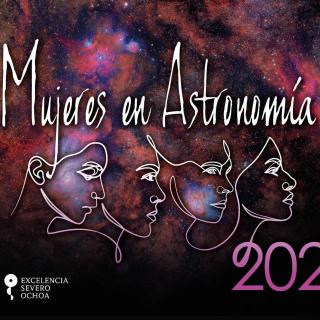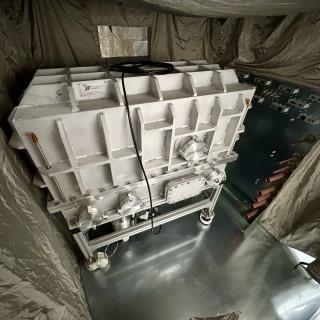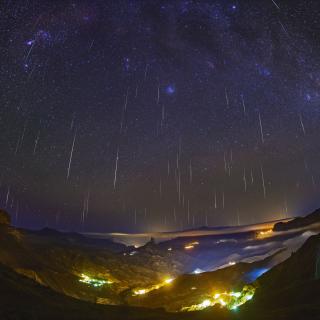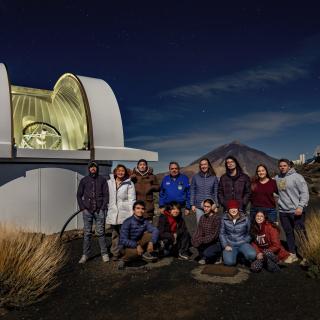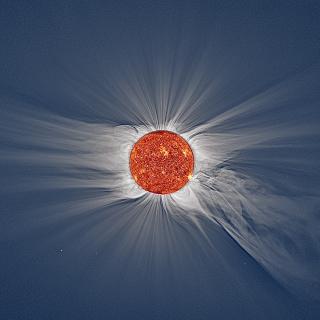
El director del IAC, Rafael Rebolo; y el alcalde de La Laguna, Luis Yeray Gutiérrez, firman un convenio en materia de regulación lumínica y difusión de la Astronomía El director del IAC, Rafael Rebolo; y el alcalde del Ayuntamiento de La Laguna, Luis Yeray Gutiérrez, han firmado, este martes 6 de febrero, un convenio entre ambas entidades en materia de regulación lumínica y de difusión de la Astronomía con el objeto de contribuir a la conservación de la calidad del cielo de Tenerife. En el acto también ha estado presente el concejal de Servicios Municipales, Fran Hernández. De esta forma el
Advertised on
